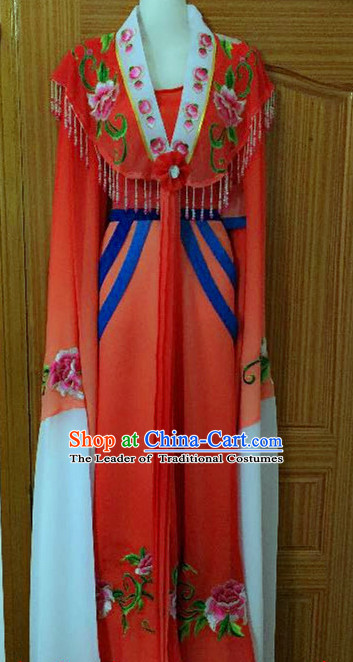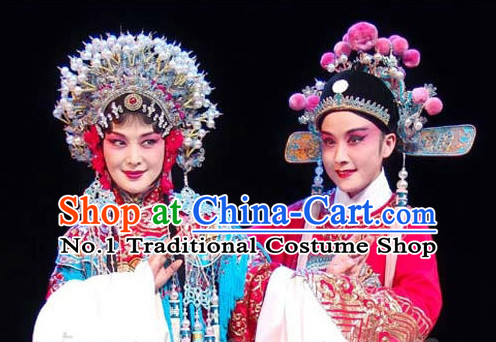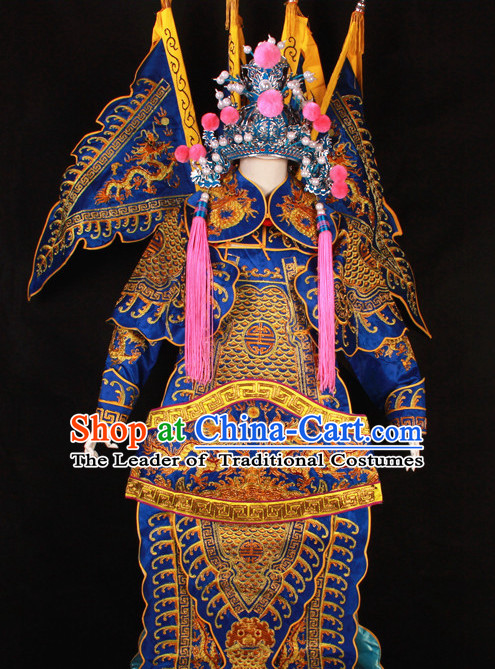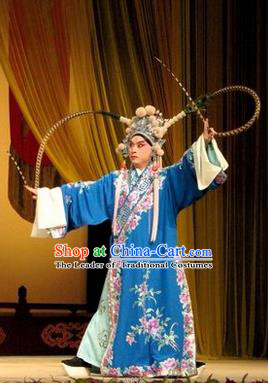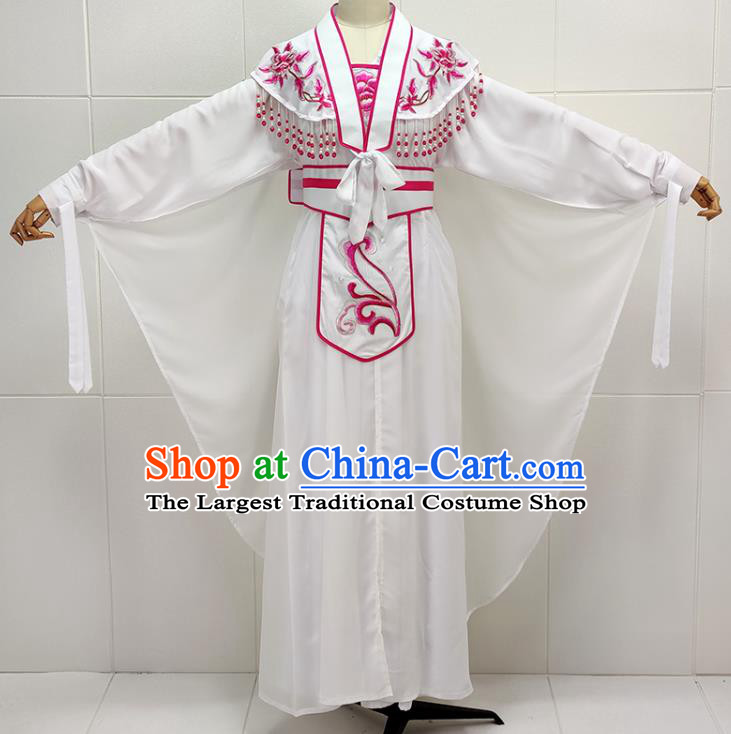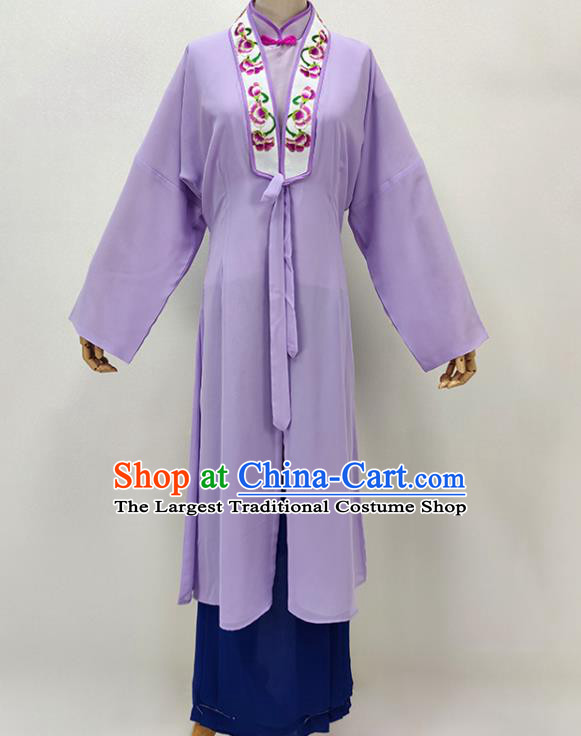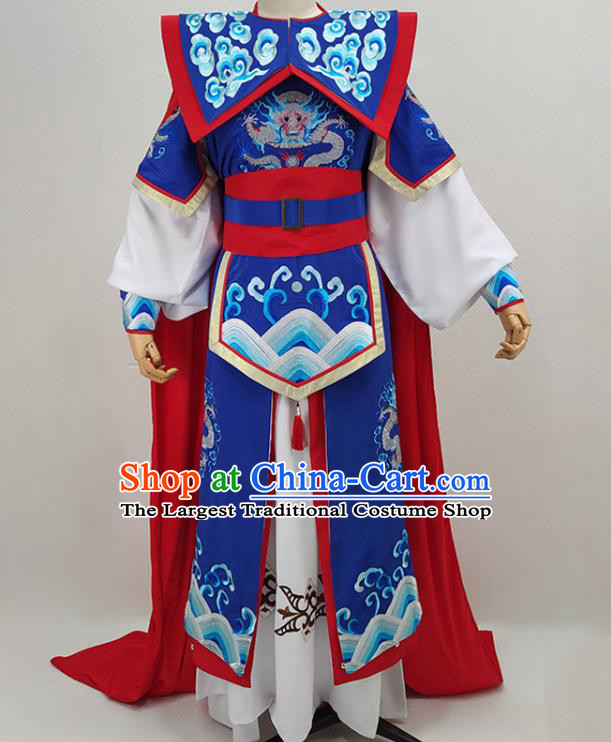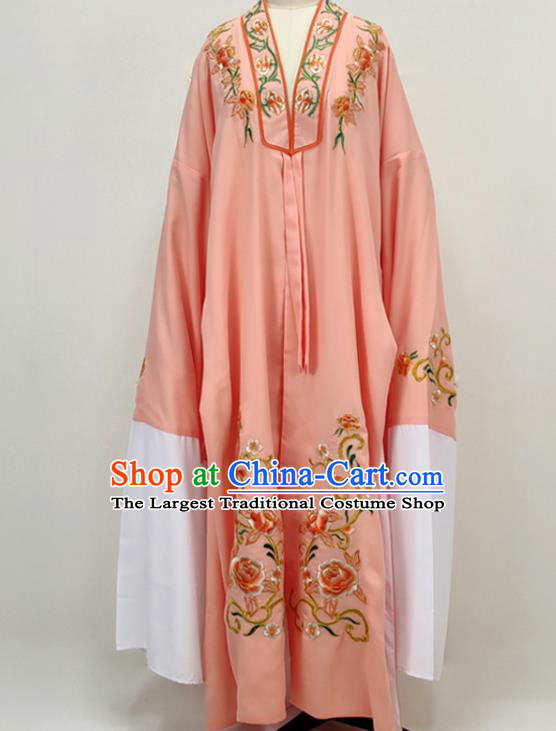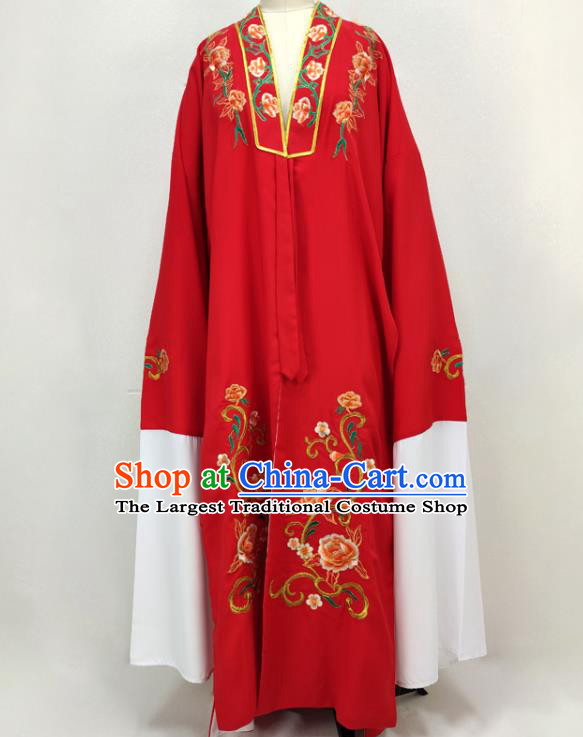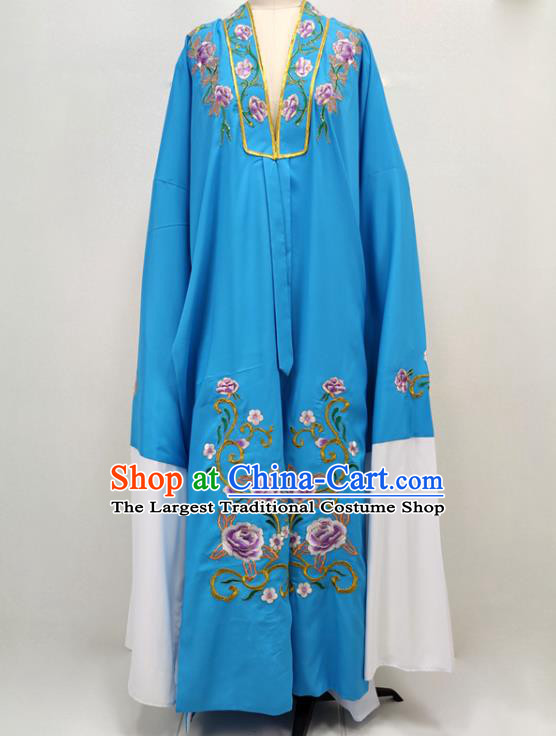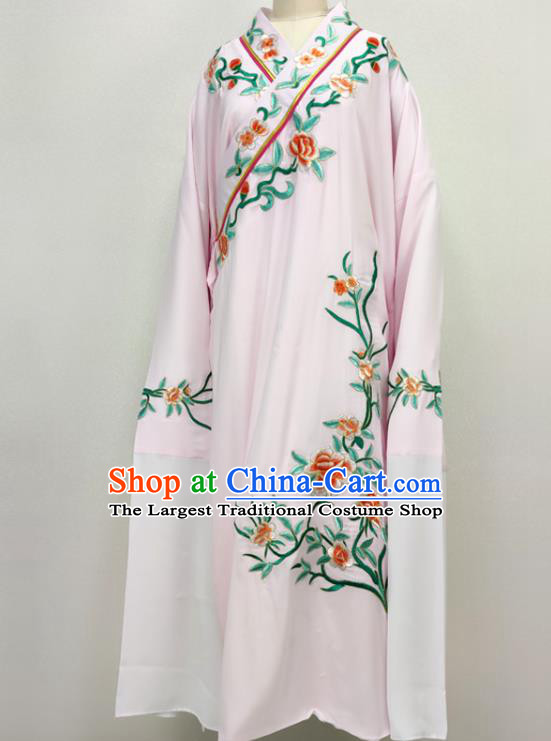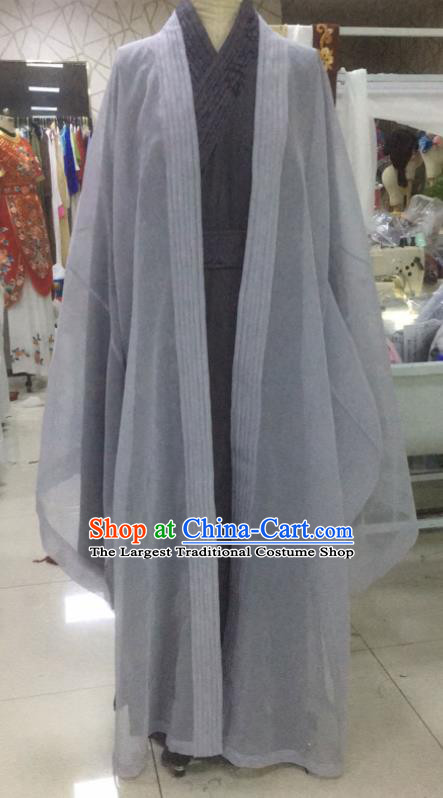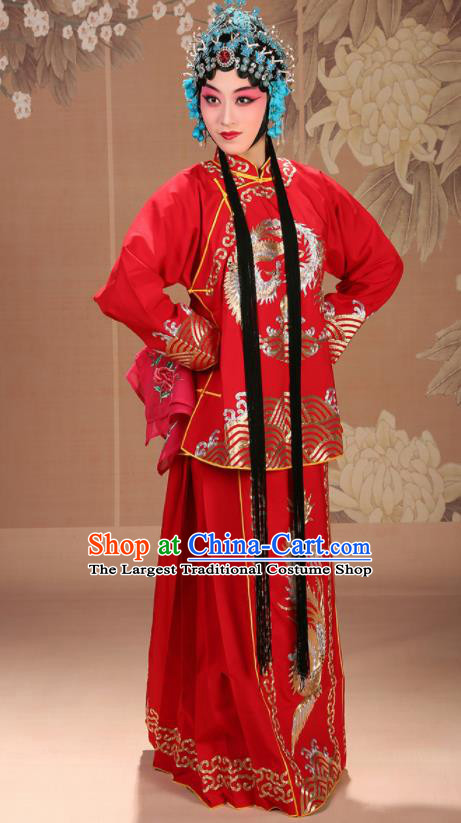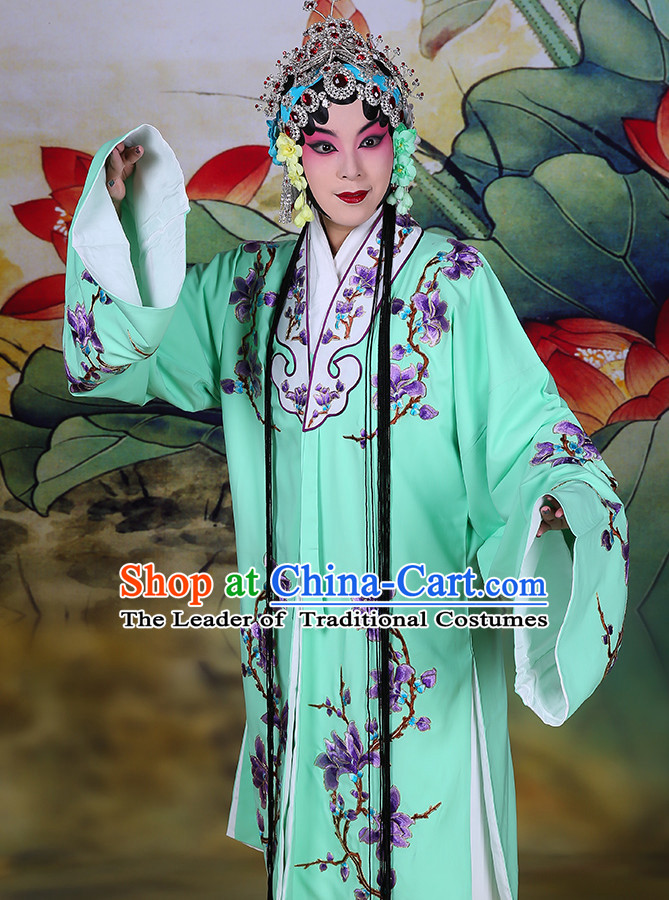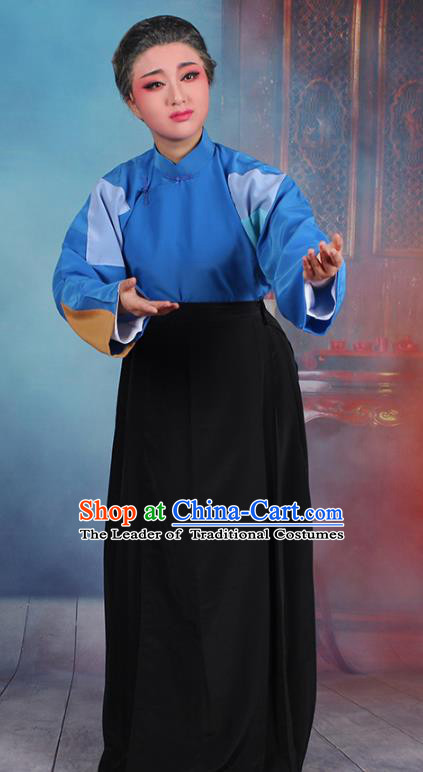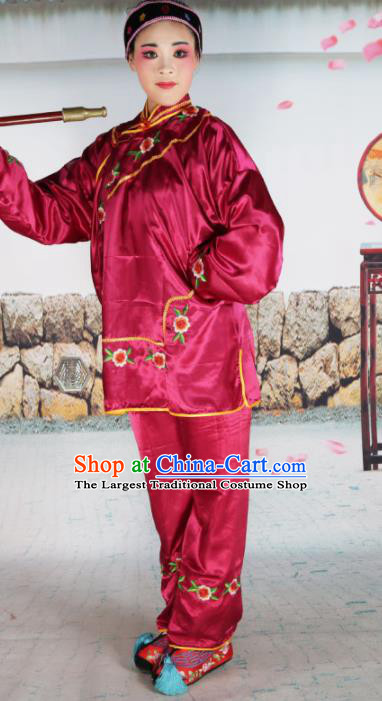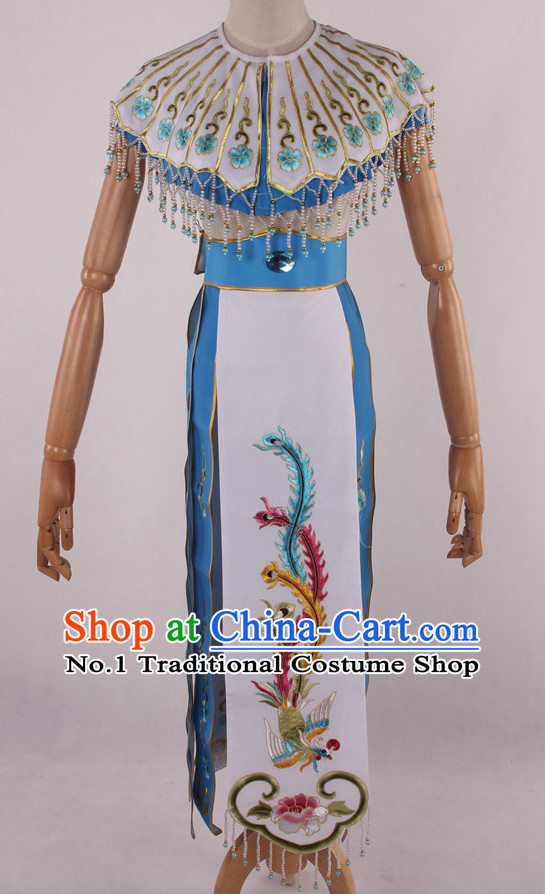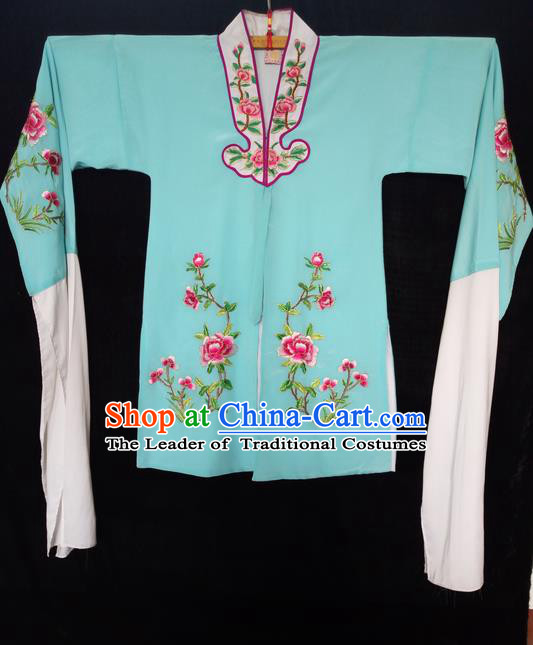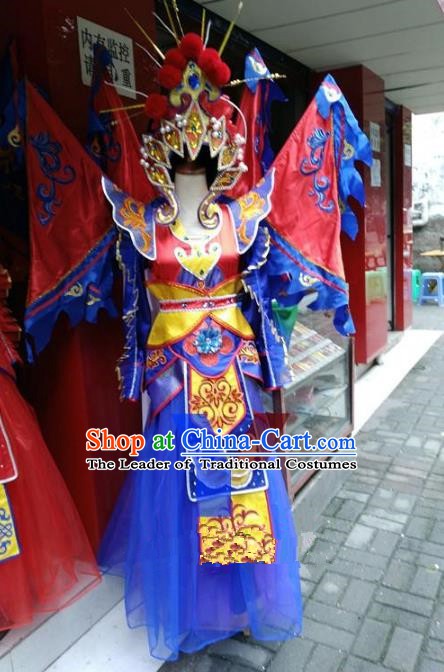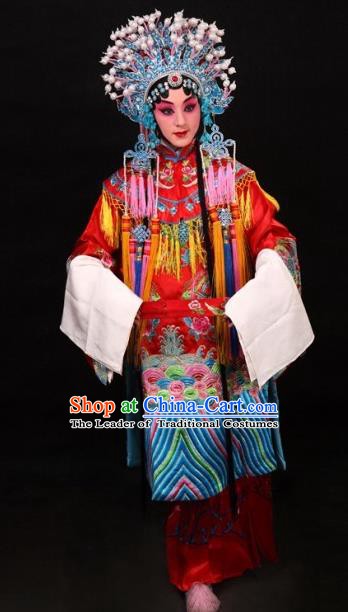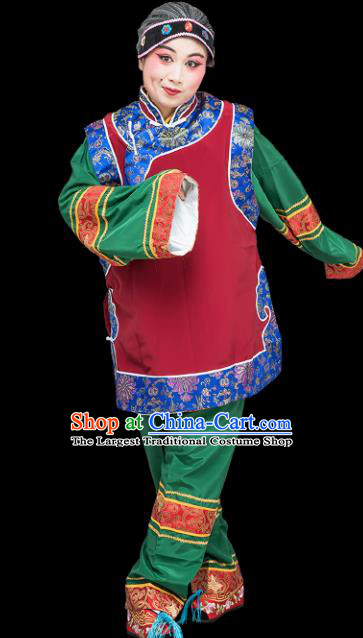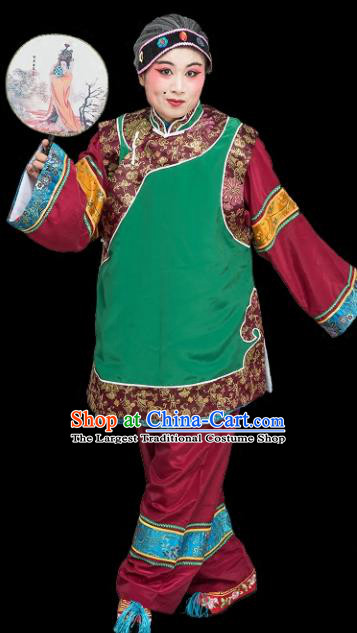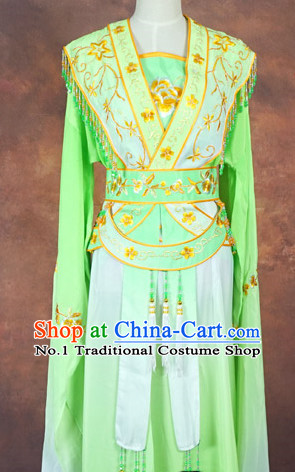
Click Related Pictures for More Audios:
Chinese Beijing Opera, also known as Peking Opera, is a traditional Chinese theatrical art form that originated in the late 18th century during the Qing Dynasty.
It combines music, singing, dancing, and acrobatics to tell stories from Chinese history and mythology.
The costumes worn by the performers are an integral part of the art form, with each costume representing a specific character or role.
The costumes for women in Peking Opera are particularly striking due to their intricate designs and vibrant colors.
They often feature elaborate embroidery, silk fabrics, and intricate patterns that reflect the characters' personalities and social status.
For example, the "White Snake" character wears a white dress adorned with gold and silver threads, symbolizing her purity and innocence.
The "Butterfly Lovers" character wears a red dress with black trim, representing her passionate and fiery nature.
One of the most famous Peking Opera costumes is the "Red Lantern" costume worn by the female lead character.
This costume features a long red robe with a high collar and a wide skirt.
The robe is made of silk and embroidered with gold and silver threads, creating a stunning visual effect.
The costume also includes a headpiece that adds to its grandeur and elegance.
Peking Opera costumes are not only beautiful but also functional.
They provide protection from the harsh stage lighting and weather conditions, while also allowing the performers to move freely and perform their movements with ease.
In addition, they serve as a way for audiences to identify the characters and understand their roles within the story.
In conclusion, Peking Opera costumes are an important aspect of this traditional Chinese art form.
They are not only visually stunning but also functional and symbolic.
They represent the creativity and skill of the craftsmen who create them, as well as the rich cultural heritage of China.






